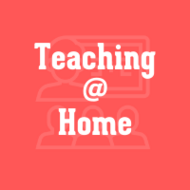
(View Complete Item Description)
Lurking beneath our natural desire to ensure that water will always be available to perform its many life-supporting functions is the fear that it will run out. Our thinking (in truth, our feeling) about water tends to be dominated by myth and misunderstanding. We believe that our 'need' for water is exponentially greater than other wants and needs; we also believe that this intense 'need' confers special status, making water a unique resource. We mistrust the ability of people to recognize water's special status, and we assert that only through common or public ownership can we preserve water for future generations. Paradoxically, while our conviction that water is unique derives from our knowledge of its many important uses, we have trouble acknowledging the value of water in anything other than pristine form. We tend to assume that, when it comes to water, there's no such thing as 'too clean.' Unfortunately, in acquiescing to these myths, we make things worse; we create for ourselves an intellectual box that constrains our ability to conserve the resource we value so highly. These lessons challenge the myths and use economic reasoning to suggest a new way to think about our use of this vital resource. In brief, the lessons assert: (1) that in economic terms, water is not fundamentally different from any other resource, good, or service; and (2) that many of the answers to our concerns about water conservation and water quality can be found in markets, the same institution that provides us bread, shoes, underwear, tractors, flowers, computers, charities, flu shots, bubblegum, the collectible craze of the moment, and the myriad other products we find 'essential' to the way we wish to live.
Material Type:
Activity/Lab,
Assessment,
Lesson Plan




















